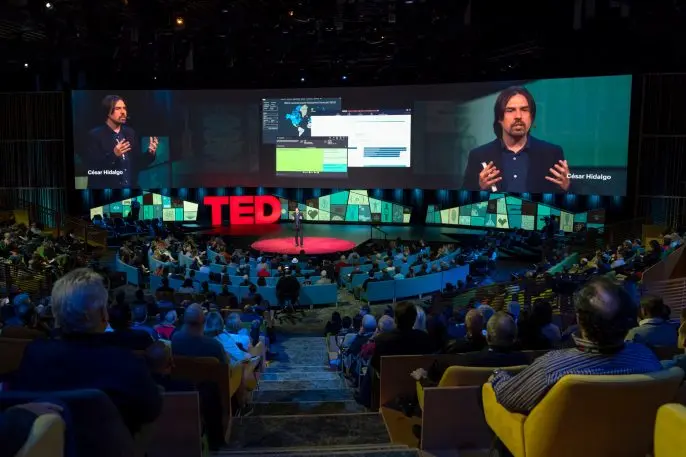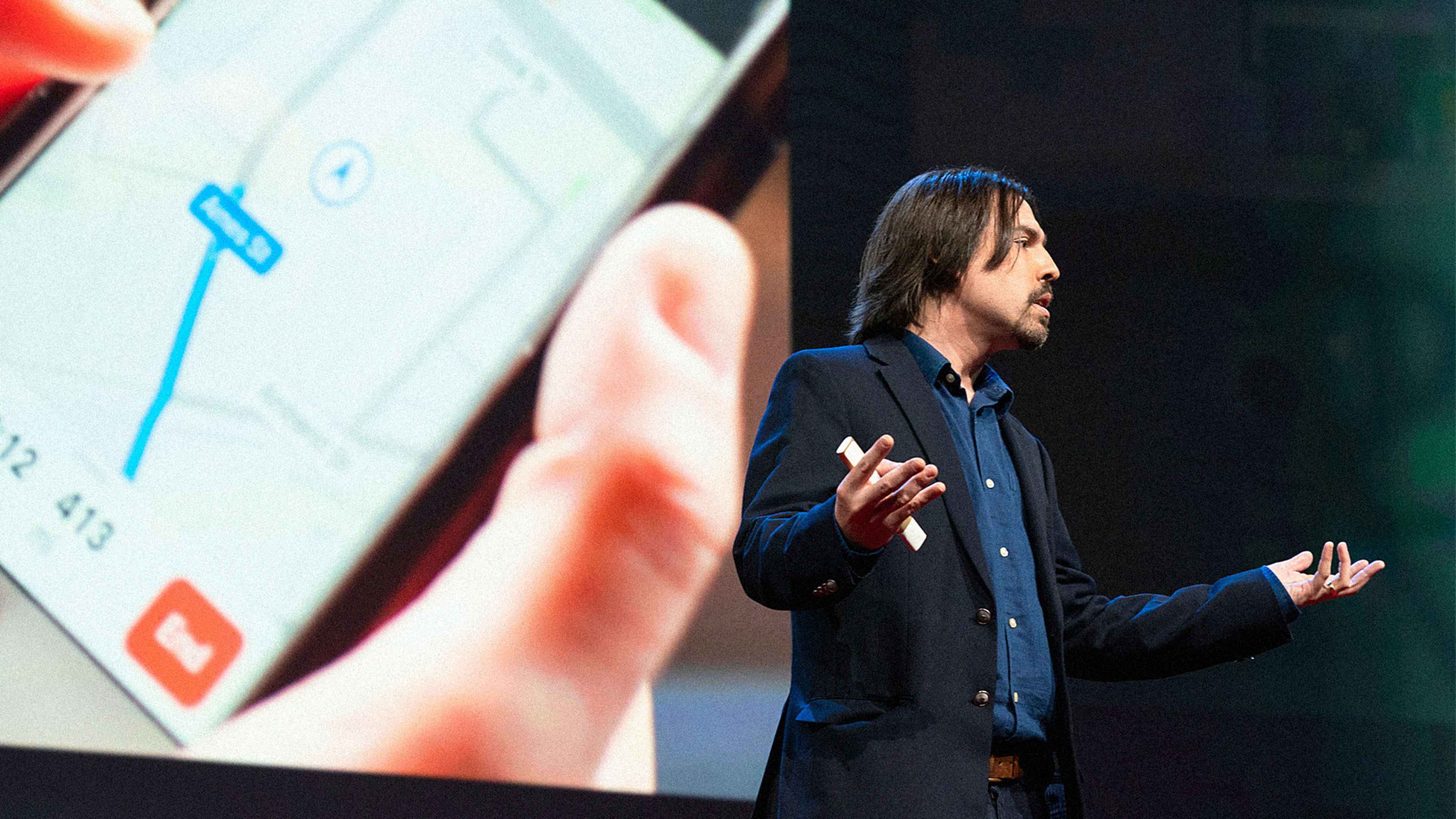In the last Presidential election in the U.S, voter turnout hovered around 67%. The European Union’s parliamentary elections saw 42%. And in New York City’s last mayoral election, just 24% of residents turned out to cast a ballot. Our collective participation in the project of democracy is quite a bit less than ideal.
The issue, says Cesar Hidalgo, director of the Collective Learning group at MIT Media Lab during his talk at TED 2018 in Vancouver, is that “democracy has a bad user interface.”
We elect and rely on politicians to aggregate the views and needs of their constituents. But politicians, Hidalgo says, are inefficient packages, and “filled with compromises.” Essentially, they fail to account adequately for the particular needs of their individual constituents.
To remedy this issue, some researchers have suggested replacing our current representative democracy with a direct democracy–a system in which every individual gets to vote on every issue. This, however, “is a cognitive bandwidth problem,” Hidalgo says. Our senators and congresspeople assess as many as nine bills each day (or, as often seems to be the case, they don’t assess them at all). It’s their job to do so. But for everyday people, who work jobs outside of politics, this would be much too large of a cognitive lift.

Hidalgo, in his talk, suggests a solution to this issue–one powered by automation and artificial intelligence. “What if, instead of bypassing politicians, we try to automate them?” he says.
That might look something like this: Voters are connected to an individualized “digital agent” that would collect information on our needs, views, and politics via the data we feed into social platforms and search. This, Hidalgo says, would essentially work as a political Spotify. Algorithms are already very capable of recognizing patterns in our behavior and preferences, and this digital agent would read our data in such a way that it would be able to directly vote on issues on our behalf.
“A digital agent could integrate our decision-making and help us make decisions at a larger scale,” Hidalgo says. These digital agents could connect together to form an automated Congress of sorts, and “we could have a Senate that has as many Senators as citizens,” Hidalgo says.
Of course, there are concerns. These systems would have to be highly secured, and Hidalgo doesn’t yet have the answers for how this new system of automated direct democracy would be made equally accessible and workable for all voting citizens.Who would propose bills? How fast would your algorithm reflect a change in opinion? What would be the place for advocacy?
For the time being, Hidalgo says this is more of a conceptual exercise; he’d rather not nitpick the particulars, and focus on imagining what this technology could do if implemented. “We have a tendency to get used to the way machines help us do things over time,” Hidalgo says. He’s hopeful that this particular machine could re-energize our flagging democratic systems.
Recognize your brand’s excellence by applying to this year’s Brands That Matter Awards before the early-rate deadline, May 3.
